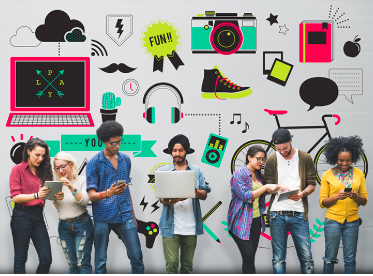Modern education is evolving rapidly, and the Internet of Things (IoT) is playing a key role in transforming how schools operate. From smart lighting to connected security systems, IoT is making campuses safer, more efficient, and more responsive to the needs of students and educators.
Smarter Classrooms for Better Learning
One of the most visible changes brought by IoT is the emergence of intelligent classrooms. Smart boards, interactive displays, and automated lighting and temperature controls create environments that support learning while reducing distractions. These tools respond in real time to occupancy and environmental changes, helping schools conserve energy and improve comfort for students.
Efficient Campus Management
IoT is also streamlining facility operations. Sensors placed throughout school buildings can monitor energy usage, detect maintenance issues, and alert administrators before a small problem becomes a major disruption. For example, a sensor can notify custodial staff about a water leak or signal when an HVAC filter needs replacing, ensuring that learning spaces remain safe and well-maintained.
Improved Safety and Security
Ensuring student safety is a top priority, and IoT helps schools stay proactive. Smart surveillance cameras, automated door locks, and emergency alert systems work together to create secure environments. These technologies allow staff to monitor activity across the campus in real time and respond quickly if needed.
Better Resource Tracking
IoT enables schools to keep track of valuable equipment and supplies. Connected tags and sensors can help locate misplaced devices such as tablets or projectors, reducing time spent searching and lowering replacement costs. In libraries, smart inventory systems can track books and materials, making it easier for staff to manage collections.
Support for Sustainable Practices
With growing attention to sustainability, IoT is helping schools reduce their environmental footprint. Automated systems can monitor water and electricity usage, enabling schools to set conservation goals and monitor progress. This not only helps reduce operational costs but also sets a great example for students about responsible resource management.
Conclusion
The integration of IoT into school infrastructure is reshaping the educational experience from the ground up. By enhancing comfort, safety, efficiency, and sustainability, connected technologies are empowering educators and students alike. As schools continue to adopt smart solutions, they are building a foundation for a more innovative and responsive learning environment.














